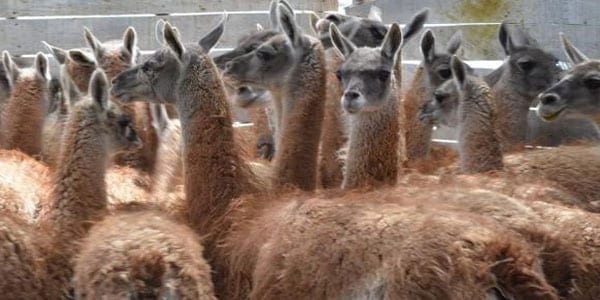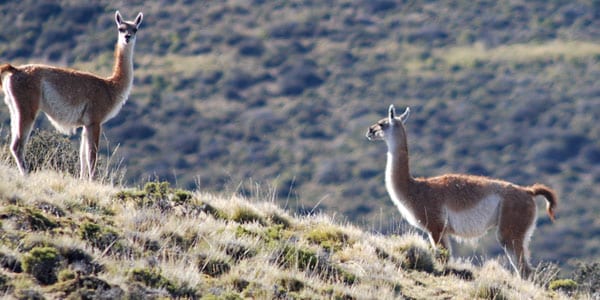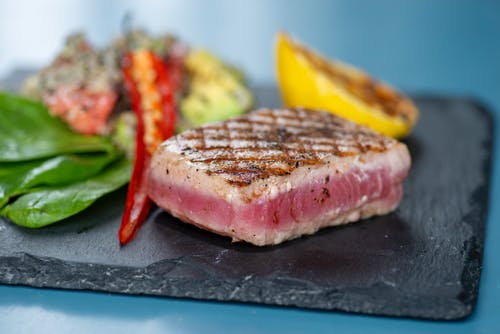Great Products Argentina
Writes: Laura Litvin (@laulitvin)
The Patagonian province is recognized in the world for its tourist attractions, such as the famous Perito Moreno Glacier. That ancient wall of ice that is Heritage. But here also begins the mythical Ruta 40 that runs over 5000 km of national territory. Formerly, these virgin lands were inhabited by the tehuelches, yamanas and onas. Quiet towns that lived in harmony with nature. And with them, the guanacos.
The guanacos, original and owners of the territory
The guanacos are native ruminant mammals originally from all over the country, but today they are only seen in the Patagonia. In the south they adapted to the conditions demanded of those latitudes: cold, snow, droughts and desert. Today there are about 2.000.000 million of these specimens that live free, wild, of the Colorado River to the south. That number says a lot. 95% of the world's population guanacos of the world lives in Argentina. The rest in Chile and some specimens in Ecuador.
The native peoples consumed their by the and meat; with the neck veins they sewed their leathers to make their clothing. Much of its economy was based on guanacos. With the European colonization (Spanish, English, Welsh) and the imposition of their customs (they brought sheep, chickens, cows), the guanaco he stopped eating but not to hunt.
Creole countrymen discovered that newborn animals had a special, soft and unique hair that lasts little. After a month of life they become a tough sow. This is how the 'chulengueada' was established, which consisted of going out to kill the little ones guanacos, called 'chulengos' to use their wool.
Soon, the population of guanacos began to wane. The Convention on International Trade in Endangered Species of Wild Fauna and Flora (Cites) banned the export of products from guanaco

From extinction to the commercialization of its meat
With these measures, the population recovered and at the same time, territorial competition began with the sheep, the true colonizer of the Patagonia. This fragile ecosystem was affected and the producers of sheep and lambs they began to see the guanacos as 'plague'.
In 2012, Argentina generated the Guanaco National Management Plan, but did not include his work. Santa Cruz developed its provincial plan that does allow the slaughter and marketing of its meat. Although it still does not have federal transit (that is, this meat cannot circulate outside the borders of the province).
Since then, whoever visits for example El Calafate, the town where the Perito Moreno Glacier, you can enjoy a delicious dish with meat from guanaco An empanada, a casserole or Milanese, a ragout or a pickle. The chefs in the area are valuing this indigenous meat. With original and attractive menus for tourists.
The near future
In 2018, a pilot test was carried out by the national government to evaluate how to make a sustainable management of this species. Everything so that I won't be there again on the brink of extinction. Of that test, a ton was exported to Belgium and the authorities affirm that they will continue with a new test in 2019. If all goes well, it will be possible to taste this delight throughout the Argentina.







